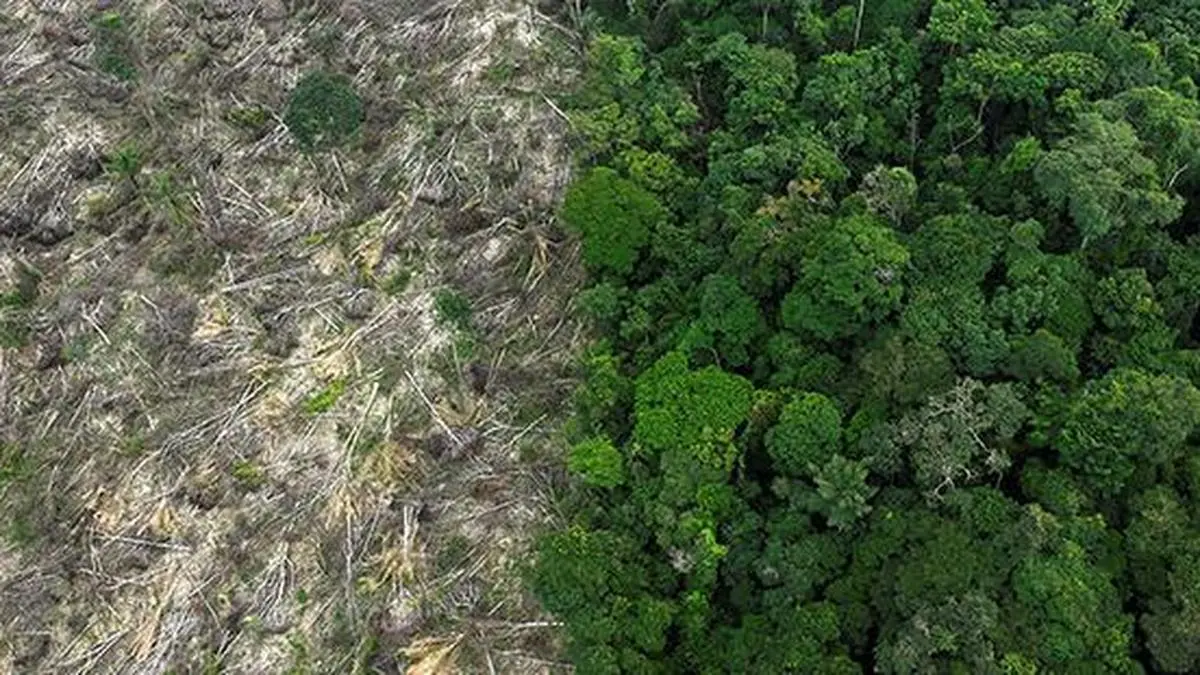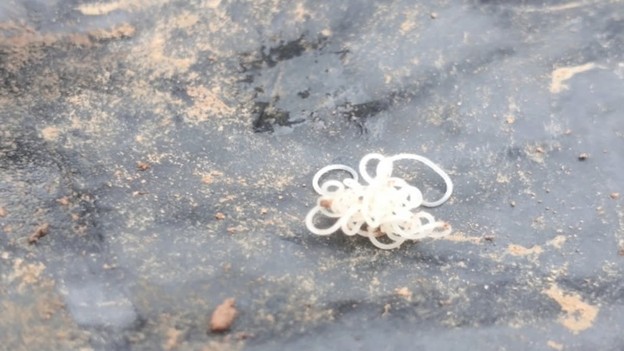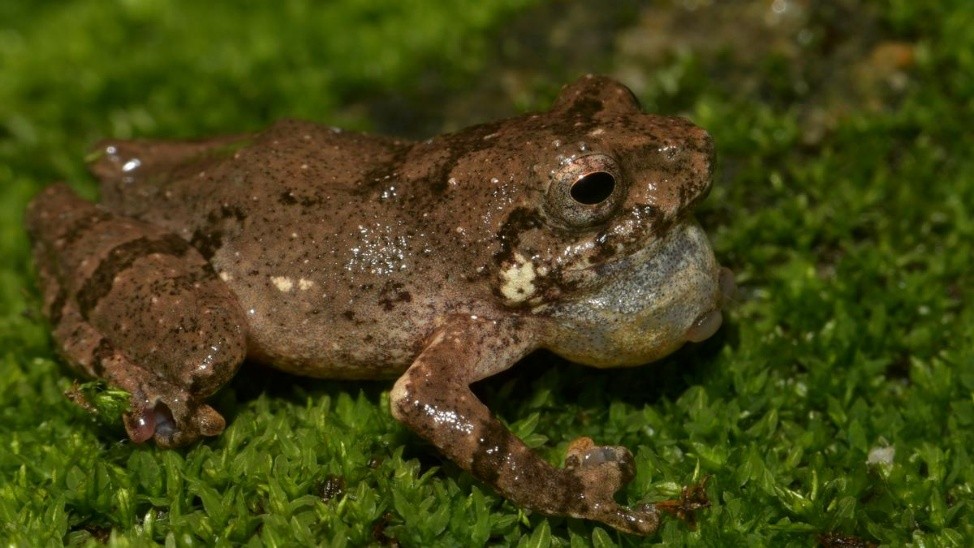



Researchers at the IASST, Guwahati, have explored the therapeutic potential of Subabul seedpods in managing insulin resistance in type II diabetes. Subabul, a protein-rich leguminous tree native to Mexico, is traditionally used for food and fodder. The study identified active compounds, advancing diabetes management through marker-assisted fractions.

Disclaimer: Copyright infringement not intended.
Researchers have identified the therapeutic potential of the seedpods from the traditional medicinal plant Subabul in managing insulin resistance related to type II diabetes and developed a marker-assisted fraction and four active compounds from it.
Subabul or Leucaena leucocephala (Lam.) de Wit is a fast-growing leguminous tree commonly found in tropical and subtropical regions.
The leaves and immature seeds are eaten in the form of soups or salad, both raw and cooked, providing a rich source of protein and fibre, leading to its traditional usage in human and animal food by different ethnic communities.
Originating from Mexico, this small, perennial, woody tree is known as Kubabul (Hindi) and Kantisubabul (Telugu).
Introduced for cover cropping, fodder, and fuel, it is distributed in Andhra Pradesh, Kerala, Maharashtra, Odisha, and Tamil Nadu.
Its protein-rich leaves and seeds are consumed as food, while its wood is used for charcoal, furniture, and paper pulp.
Diabetes is a chronic disease that occurs either when the pancreas does not produce enough insulin or when the body cannot effectively use the insulin it produces.
Insulin is a hormone that regulates blood glucose.
Hyperglycaemia, also called raised blood glucose or raised blood sugar, is a common effect of uncontrolled diabetes and over time leads to serious damage to many of the body's systems, especially the nerves and blood vessels.
Type 1 diabetes
Type 1 diabetes (previously known as insulin-dependent, juvenile or childhood-onset) is characterized by deficient insulin production and requires daily administration of insulin.
In 2017 there were 9 million people with type 1 diabetes; the majority of them live in high-income countries. Neither its cause nor the means to prevent it are known.
Type 2 diabetes
Type 2 diabetes affects how your body uses sugar (glucose) for energy. It stops the body from using insulin properly, which can lead to high levels of blood sugar if not treated.

Source:
|
PRACTICE QUESTION Q.Which of the following statements about Subabul (Leucaena leucocephala) is/are correct?
Select the correct answer using the code below: (a) 1 and 4 only (b) 2 and 3 only (c) 1, 3, and 4 only (d) 1, 2, 3, and 4 Answer: b Explanation: Statement 1 is incorrect: Subabul is not native to India; it originates from Mexico. Statement 2 is correct: The leaves and immature seeds of Subabul are consumed in the form of soups or salad, both raw and cooked, providing a rich source of protein and fiber. Statement 3 is correct: Subabul was introduced to India as a cover crop, for fodder, and as a source of fuel. Statement 4 is incorrect: Subabul is mainly found in Andhra Pradesh, Kerala, Maharashtra, Odisha, and Tamil Nadu, not in Uttar Pradesh, Punjab, and West Bengal. |











© 2025 iasgyan. All right reserved